Dance is a universal language that speaks to the soul, expressing joy, culture, and history. Each corner of the globe has its signature moves, with dances that tell stories, celebrate traditions, and bring people together. Let’s take a journey around the world and discover some of the most famous dances and their home countries.
1. Tango – Argentina
Passionate and dramatic, the Tango originated in the late 19th century in the streets of Buenos Aires. It’s a dance of close connection, featuring sharp, elegant movements. With its intense emotions and intricate steps, Tango is not just a dance, but a reflection of Argentina’s rich cultural fusion.

2. Salsa – Cuba
Salsa, with its lively, infectious rhythm, is a product of Cuban and Afro-Caribbean music. Born in the streets of Havana, this fast-paced dance is full of spins, sharp turns, and a lot of energy. Salsa has now become a favorite worldwide, with salsa clubs and festivals popping up across continents.
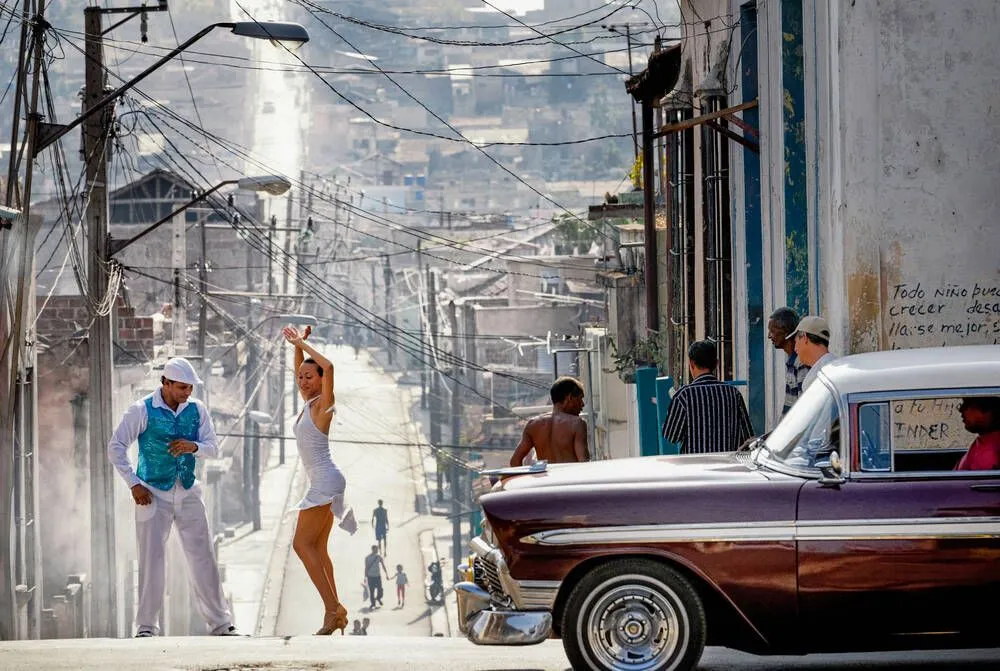
3. Flamenco – Spain
Flamenco is the heartbeat of Spain, originating in the southern region of Andalusia. It’s a dance of intense emotion, often accompanied by guitar, singing, and clapping. Flamenco is known for its rhythmic footwork, graceful hand movements, and the deep passion expressed by the dancers.
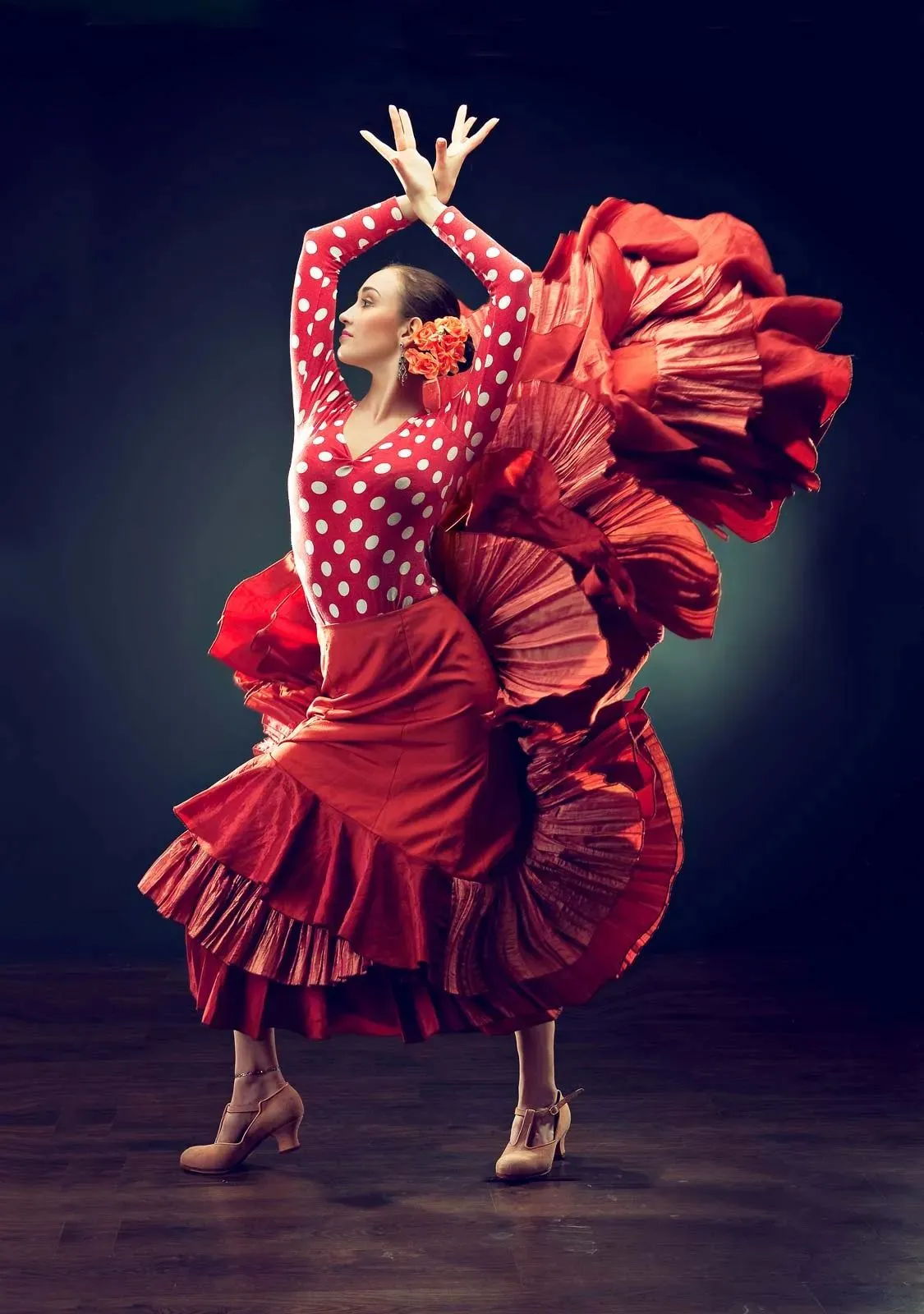
4. Waltz – Austria
The Waltz emerged in the ballrooms of Vienna in the late 18th century, becoming one of Europe’s most beloved dances. Characterized by its smooth, gliding steps and graceful spins, the Waltz is a formal and elegant dance that’s still popular at weddings and grand events.
source: ebellofla.org
5. Samba – Brazil
Samba is the soul of Brazil, especially during the vibrant Carnival season. With its fast, bouncy rhythm and hip-shaking moves, Samba is all about celebration and joy. Born from African influences and Brazilian culture, Samba brings the streets of Rio de Janeiro alive every year.
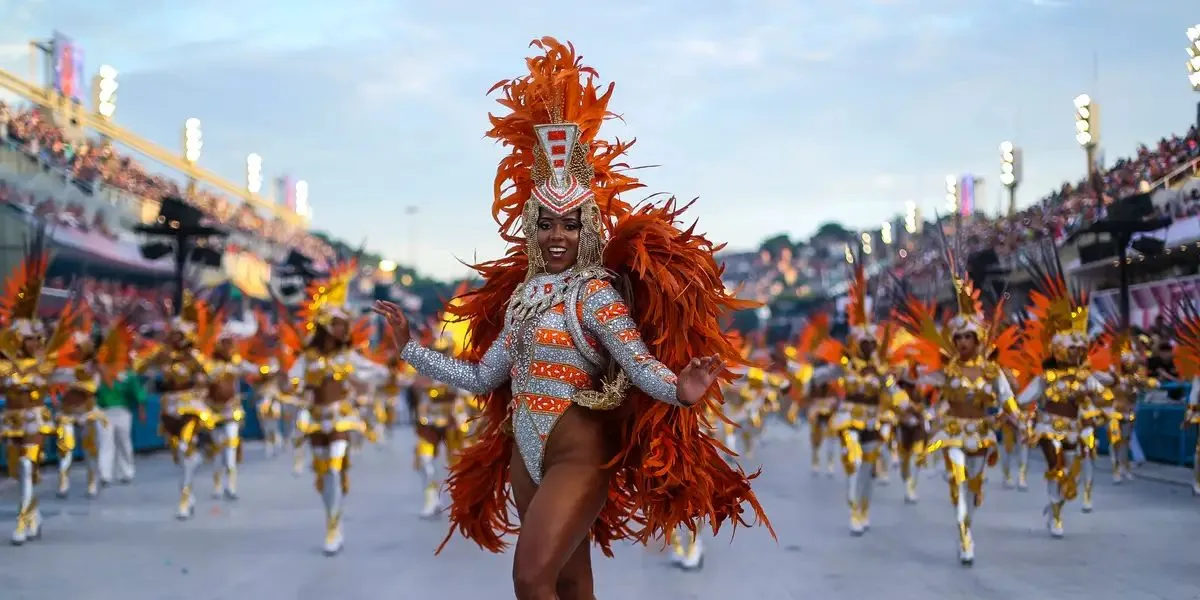
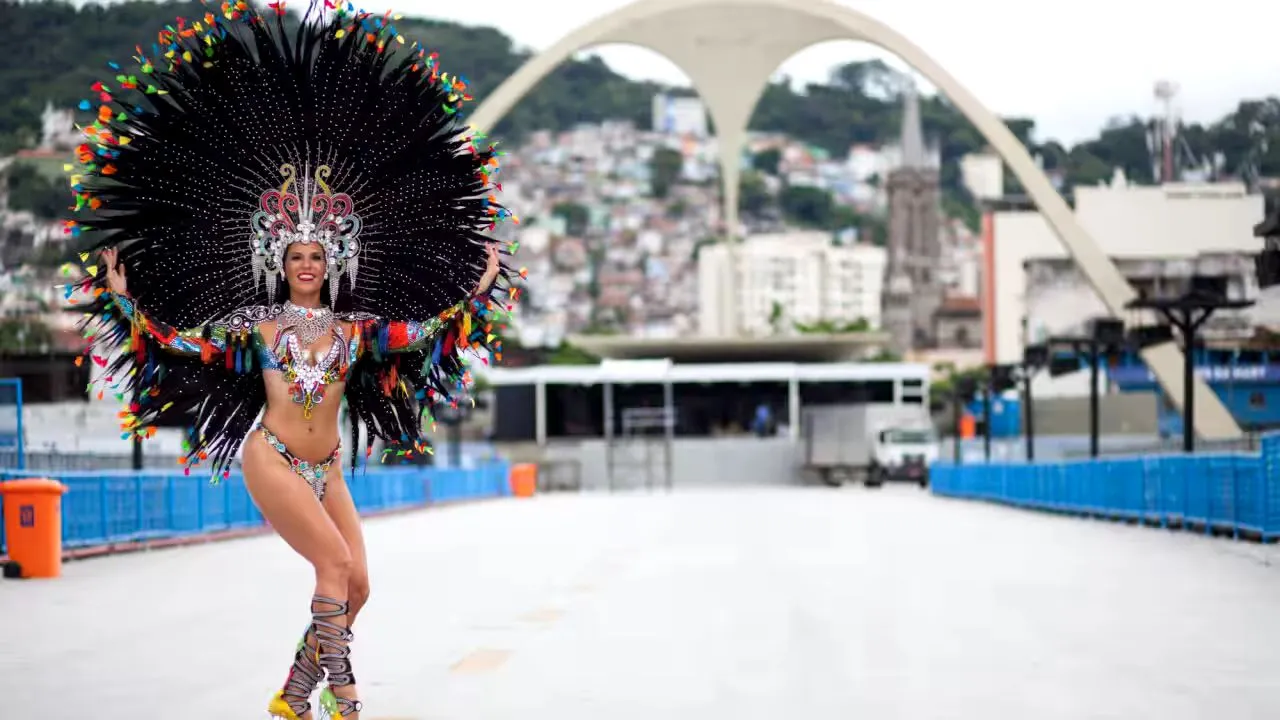
6. Ballet – France/Russia
Ballet might be considered the most formal and disciplined of dances. Originating from the courts of France, it was perfected in Russia, where many of the world’s greatest ballets were created. Ballet is known for its grace, precision, and beautiful storytelling, with dancers seeming to float on air.
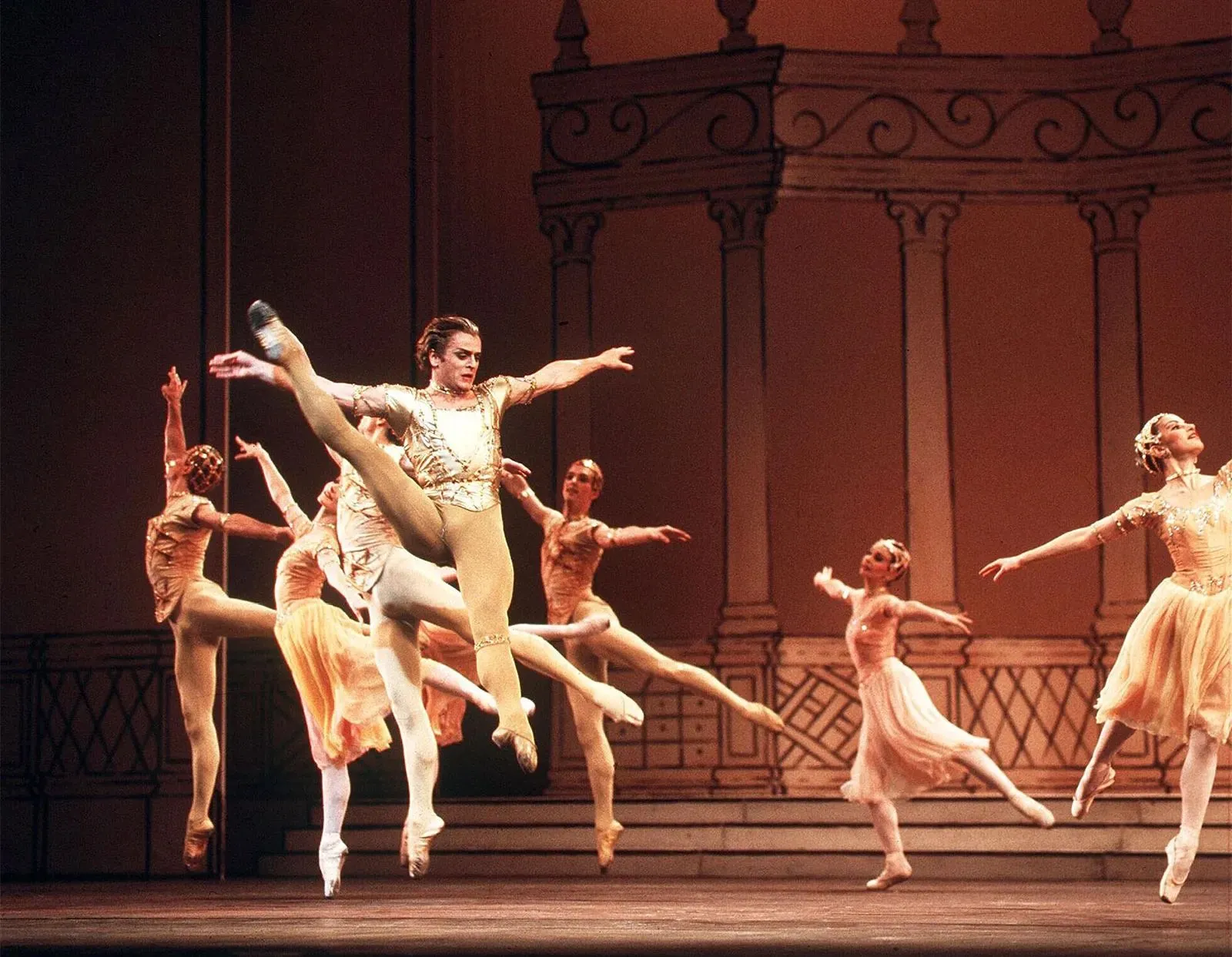
7. Irish Stepdance – Ireland
Irish stepdance gained worldwide fame thanks to shows like Riverdance, but it has been a part of Irish culture for centuries. This dance is known for its rapid leg and foot movements while the upper body remains mostly still. It’s both mesmerizing and energetic, a true reflection of Irish tradition.

8. Hula – Hawaii, USA
The Hula is a traditional Hawaiian dance that tells stories through graceful hand movements, body motions, and chants. Hula dances are often performed at luaus and cultural events, offering a beautiful window into the legends and nature of Hawaii.
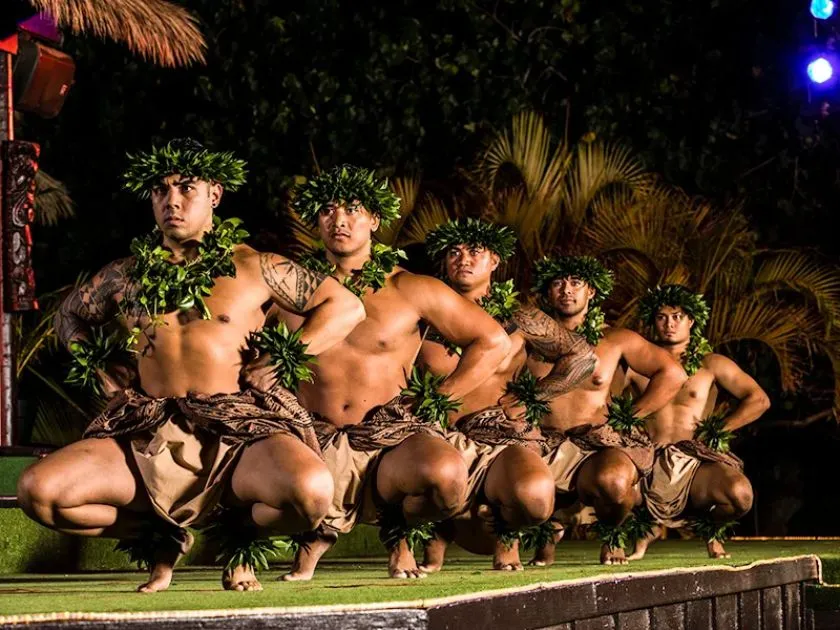

9. Kathak – India
Kathak is one of the eight classical dances of India, known for its expressive storytelling, fast footwork, and intricate hand movements. Originating from northern India, Kathak often portrays tales from ancient mythology, performed with elegance and precision.
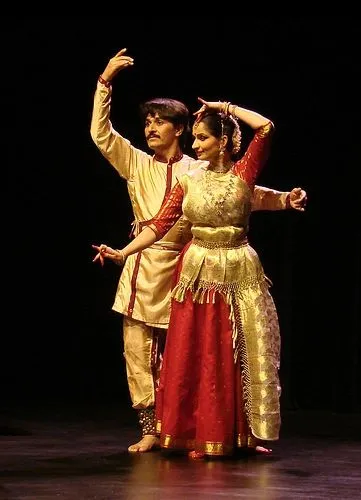
10. Cha-Cha – Cuba
Like Salsa, Cha-Cha originated in Cuba, combining Latin rhythms with lively, flirty steps. It’s a dance full of personality, featuring quick foot movements and playful body sways. The Cha-Cha is now a staple in ballroom competitions worldwide.

11. Cossack Dance – Russia/Ukraine
Also known as the Hopak, this traditional dance from Eastern Europe is known for its energetic and acrobatic moves, like knee kicks and jumps. It’s a show of strength and agility, often performed by men, and is a symbol of pride in Russian and Ukrainian culture.

12. Kabuki Dance – Japan
Kabuki is a classical dance-drama in Japan, known for its stylized performances, elaborate costumes, and striking makeup. While it’s part of a theatrical tradition, the dance movements within Kabuki are slow, deliberate, and symbolic, representing stories of historical or mythical nature.

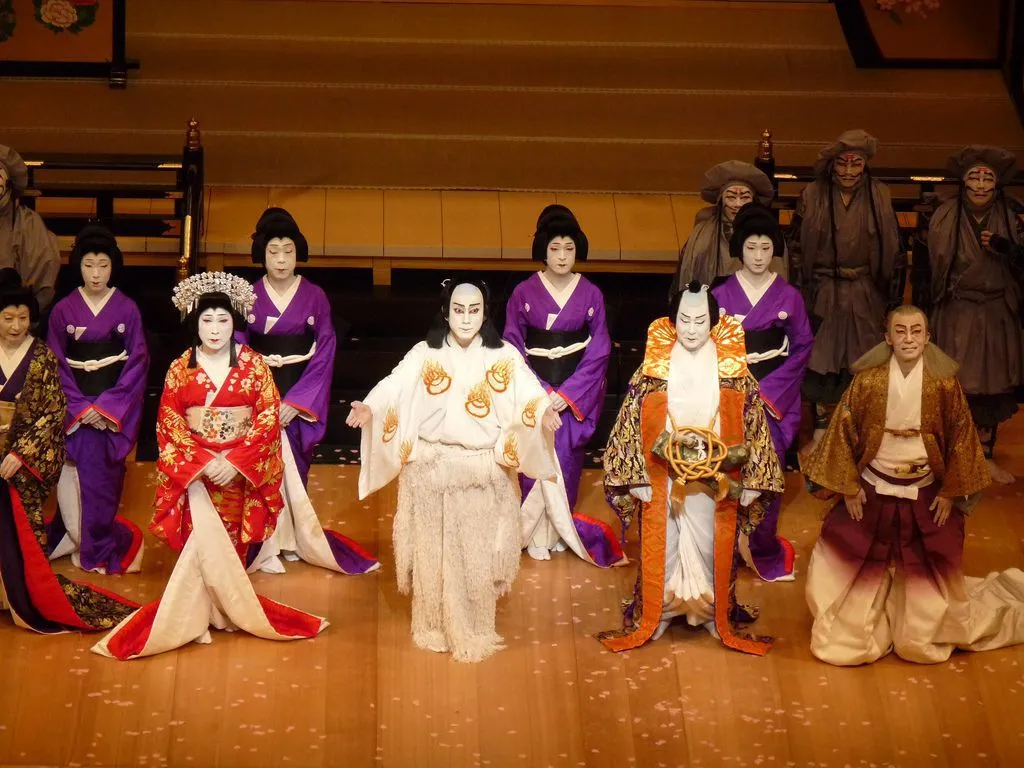
From the fiery steps of the Tango in Argentina to the elegant glides of the Waltz in Austria, the world’s dances are as diverse as the cultures they come from. Each dance tells a story, and by learning them, we connect with the world in a deeper, more expressive way. So next time you hear music from another culture, why not let your feet do the talking?

